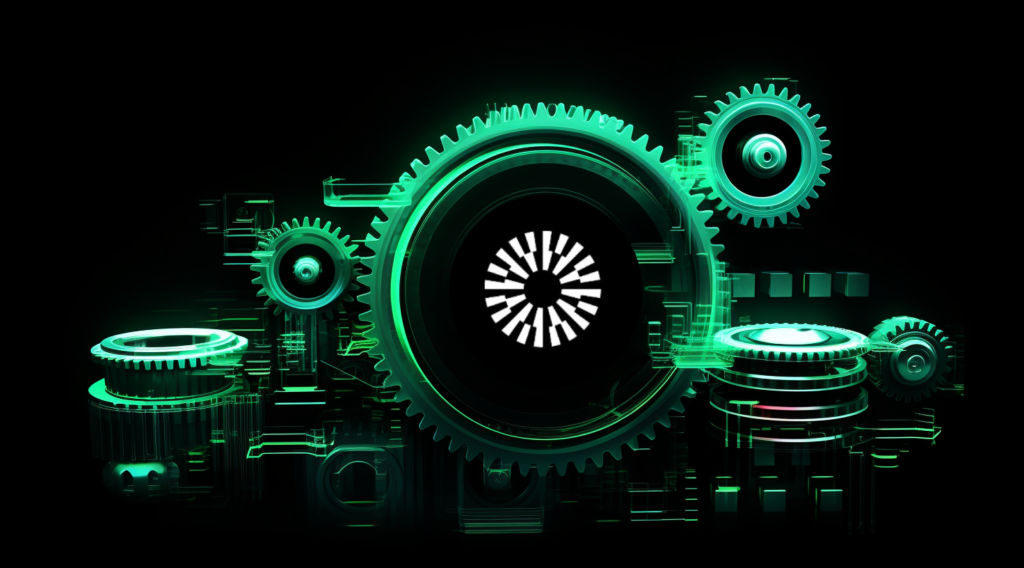Blockchain technology continues to evolve, with new innovations that push the boundaries of decentralization, scalability, and security. One such emerging innovation is Mantle Blockchain, a cutting-edge platform designed to address some of the most persistent challenges faced by existing blockchain networks. In this article, we will dive deep into the unique features of Mantle, its architecture, and the potential it holds for transforming industries through decentralized applications.
What is Mantle Blockchain?
Mantle Blockchain is a next-generation blockchain protocol built to enhance scalability, efficiency, and developer-friendliness. It aims to address the limitations of older blockchain models, such as Ethereum’s congestion and high gas fees, by implementing a more efficient consensus mechanism and scalable architecture. Mantle achieves this through a combination of sharding, rollups, and innovative Layer 2 solutions, allowing for faster and more affordable transactions without compromising security.
One of the most appealing aspects of Mantle is its focus on providing an optimal environment for developers to build decentralized applications (dApps). It offers a comprehensive suite of developer tools and support for popular programming languages like Solidity, making it easier to migrate dApps from other blockchains. This cross-compatibility fosters innovation and encourages developers to explore the potential of Mantle as a powerful platform for decentralized finance (DeFi), NFTs, and other blockchain applications.
How Mantle Solves Scalability and Transaction Bottlenecks

Scalability is one of the biggest challenges faced by blockchain networks, especially as the number of users and transactions increases. Mantle Blockchain tackles this issue by incorporating a multi-layer approach to scaling, combining Layer 1 and Layer 2 solutions to optimize transaction throughput. This multi-layer approach uses rollups, where multiple transactions are bundled together and processed off-chain, then settled back onto the main blockchain. This reduces congestion and ensures faster processing times.
Moreover, Mantle’s unique sharding mechanism splits the blockchain into smaller segments, or “shards,” allowing the network to handle multiple transactions simultaneously across different nodes. This innovation drastically increases the number of transactions the network can process per second, making Mantle an attractive option for businesses and industries that require high-speed, large-scale blockchain solutions, such as supply chain management or financial services.
Key Features of Mantle Blockchain
| Feature | Description |
|---|---|
| Sharding | Splits the blockchain into smaller segments for simultaneous processing. |
| Rollups | Bundles multiple transactions off-chain for faster processing. |
| Developer Tools | Comprehensive tools and support for popular programming languages. |
The Future of Decentralized Applications with Mantle

Mantle Blockchain’s development ecosystem is set up to be highly conducive for creating and deploying dApps. By offering support for existing blockchain programming languages and leveraging Ethereum compatibility, it allows developers to port their applications without having to rebuild them from scratch. This interoperability makes it easier for blockchain developers to expand their reach and explore new use cases for decentralized applications on the Mantle network.
Advantages of Mantle Blockchain
- Enhanced Scalability: Capable of processing a high volume of transactions simultaneously.
- Lower Costs: Reduced transaction fees compared to older networks.
- Developer-Friendly Environment: Easy migration of existing dApps from other platforms.
Looking ahead, the potential for Mantle Blockchain lies in its ability to integrate with various industries, providing more efficient and secure blockchain solutions. From decentralized finance (DeFi) applications that require fast, secure transactions to supply chain networks that need transparent and scalable systems, Mantle is well-positioned to disrupt multiple sectors. The platform’s emphasis on scalability and security ensures that it can meet the demands of both enterprise-level and consumer-facing applications in the years to come.
Mantle Blockchain stands at the forefront of next-generation blockchain technology, solving some of the most critical issues plaguing traditional networks like Ethereum and Bitcoin. Its innovative use of sharding, rollups, and developer-focused tools makes it a highly efficient and scalable option for decentralized applications and enterprise solutions alike.
As blockchain technology continues to evolve, Mantle’s unique approach positions it as a key player in the future of decentralized ecosystems. Whether you’re a developer looking for a better platform to build dApps or a business seeking faster and more secure transactions, Mantle Blockchain offers a promising solution to explore. Keep an eye on Mantle as it continues to grow and reshape the decentralized landscape.
Useful Resources
- Sharding in Blockchain: A Comprehensive Guide
- Mantle Official Website
- Understanding Layer 2 Solutions in Blockchain

